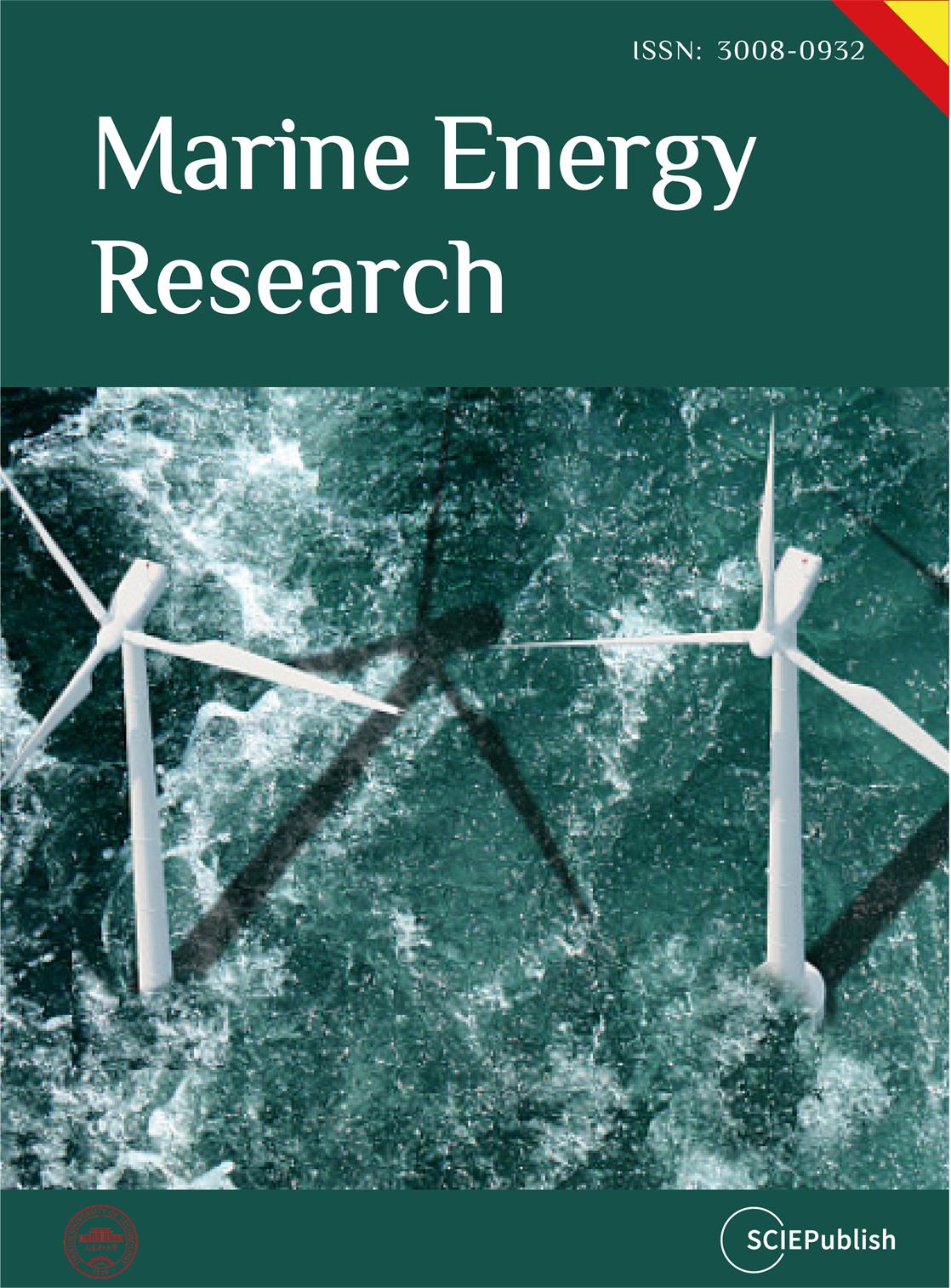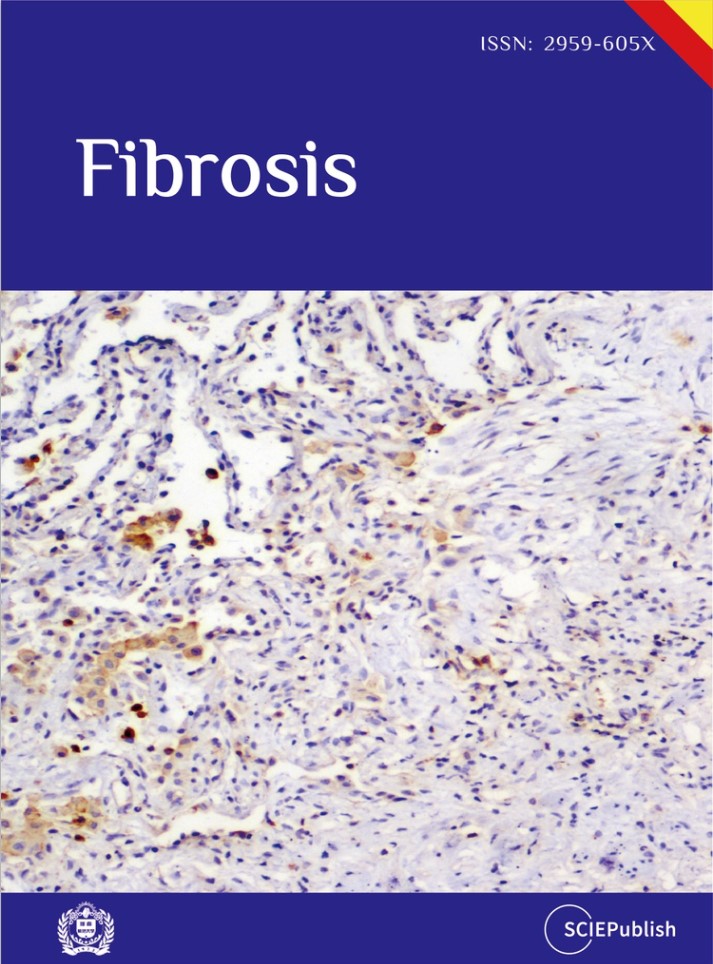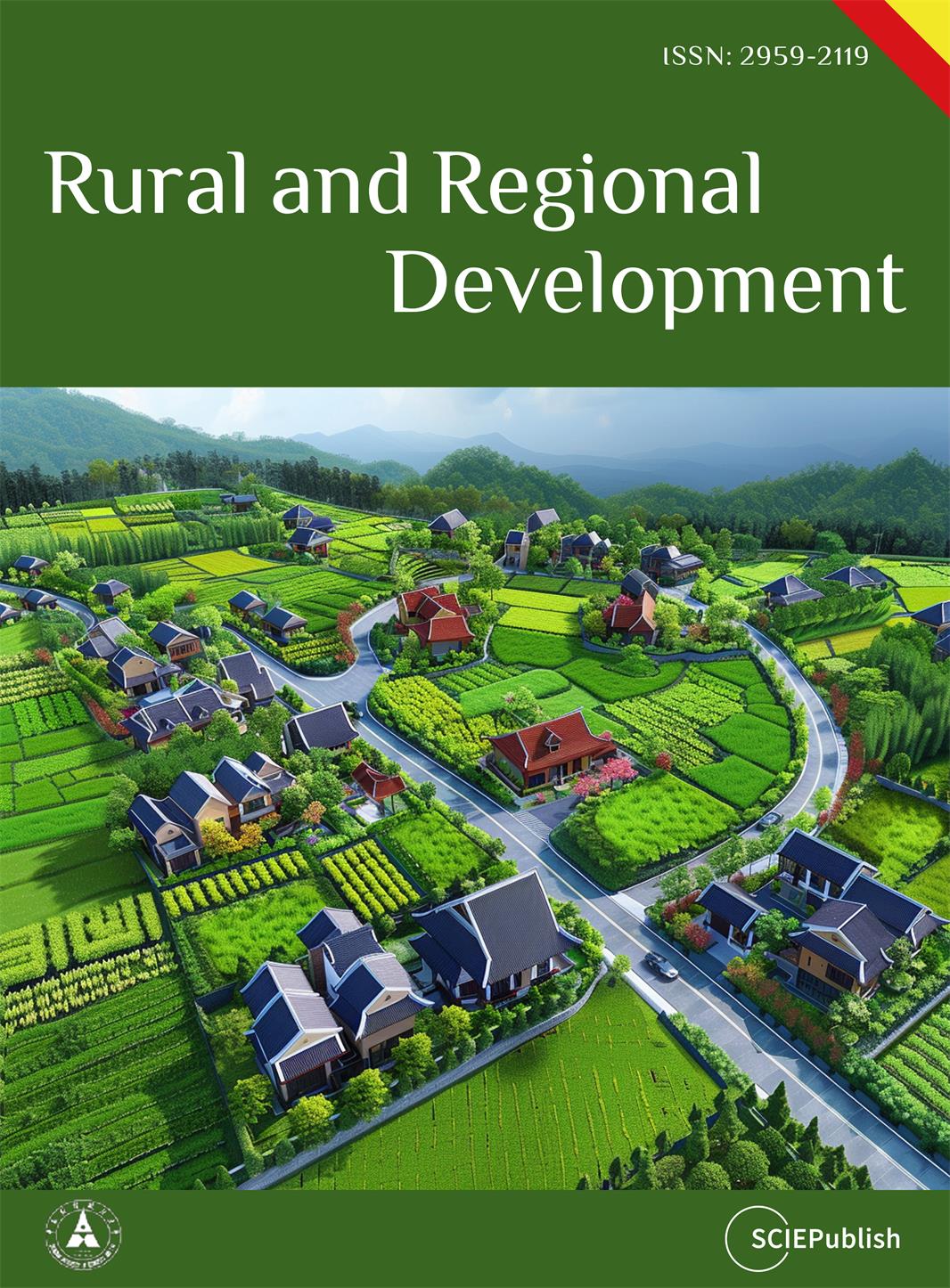Artiles
Open Access
Article
26 September 2025Land Use and Land Cover Assessment of Jalandhar, India: A Comparative Analysis of Machine Learning and Visual Interpretation
For the sustainable management of natural resources and to understand how the climate affects the landscape, accurate land use and land cover (LULC) classification is essential. Robust classification techniques and high-quality datasets are necessary for precise and effective LULC classification. The effectiveness of various combinations of satellite data and classification techniques must be carefully evaluated to help choose the optimal strategy for LULC classification, given the growing availability of satellite data, geospatial analysis tools, and classification techniques. This study focuses on the LULC classification of Jalandhar, Punjab, India, using machine learning (ML) algorithms and visual image interpretation. Sentinel-2 satellite data, with its high spatial and spectral resolution, has been utilized for feature extraction and classification. Python was employed for implementing various ML algorithms, including Random Forest (RF), Support Vector Machine (SVM), K-Nearest Neighbor (KNN), Gradient Boosting (GB), Multi-Layer Perceptron (MLP), and Decision Tree (DT), while ArcGIS was used to classify LULC using visual image interpretation and for maps preparation. Agriculture was the dominant class across all methods, with GB estimating 1774.26 sq.km, followed by plantation (268.13 sq.km) and built-up areas (171.76 sq.km). Waterbodies were mapped with high precision due to their distinct spectral features, with estimates ranging from 18.34 sq.km (GB) to 26.05 sq.km (Visual interpretation). Among all models, GB outperformed others with the highest overall accuracy (95.0%) and a kappa value of 0.94, followed by RF (94.2%), and SVM (93.8%). Visual interpretation achieved a comparative accuracy of 90.1%, though it showed limitations in distinguishing spectrally mixed classes like plantation and built-up. This study concludes that while Visual interpretation remains a useful and accessible method, especially for real-time interpretation, ML-based approaches, particularly GB and RF, offer superior accuracy and reliability. The study highlights the importance of visual interpretation for a better accurate LULC at a regional level; meanwhile, leveraging advancements in ML algorithms in a hybrid approach will enhance the accuracy in many-fold.

Open Access
Review
25 September 2025Forensic Diagnosis of Drowning in Animals: A Critical Review of Diagnostic Modalities and the Efficacy of the Diatom Test in Veterinary Medicine
Veterinary forensic pathology is an interdisciplinary field that critically investigates animal mortality under suspicious or unlawful circumstances. Among various causes of death, drowning remains one of the most diagnostically challenging conditions due to its pathophysiological complexity and the lack of pathognomonic post-mortem findings. Drowning in animals typically results from submersion or immersion in liquid, leading to asphyxial death with distinct physiological consequences depending on the medium, either freshwater or saltwater. The post-mortem diagnosis of drowning is complicated by factors such as environmental contamination, autolysis, and the difficulty in distinguishing ante-mortem from post-mortem immersion. While classical diagnostic indicators, such as pulmonary oedema and frothy exudate, are frequently non-specific, the diatom test remains widely utilised in forensic investigation. However, environmental confounders and inconsistent protocols limit the technique’s reliability. This review critically evaluates current diagnostic methodologies for drowning in animals, including macroscopic, microscopic, and ancillary techniques, with particular attention to the diatom test and emerging technologies. It proposes an integrated diagnostic approach to enhance diagnostic accuracy and support judicial and animal welfare outcomes.

Open Access
Article
25 September 2025Detection and Classification of Faults in a Photovoltaic System—A New Hybrid Algorithm
Four main types of faults can occur at the DC side of any Photovoltaic System (PVS). These faults are quite dangerous and can cause permanent damage to the photovoltaic modules if not addressed promptly. The faults include open circuit, short circuit, degradation, and partial shading. Short circuit faults are classified into line-to-line (L-L) and line-to-ground (L-G). Detecting these faults requires specialized algorithms. This paper tackles this complex issue through (1) fault-finding equations and the placement of current sensors, and (2) a new hybrid algorithm based on data from the fault-finding equations and current sensors. Numerous simulations using PSIM 2021 were conducted to verify this proposed solution. The hybrid algorithm presented here is original compared to previous studies. It is easy to understand, responds quickly, and can be implemented in systems with photovoltaic arrays of any size.

Open Access
Article
25 September 2025An Angles-Based Design of an Island-Type Fishway and Its Hydraulic Properties Inside the Channel
With the development of hydraulic and hydroelectric projects, the connectivity of natural rivers has been disrupted, impeding the migration of migratory fish and affecting their reproduction and population sustainability. This study investigates a novel island-type fishway, where combinations of island structures and arc configurations dissipate water flow energy and reduce flow velocity, thereby minimizing resistance to upstream fish migration. The research focuses on the influence of island angles on the hydrodynamic characteristics within the island-type fishway. Experimental results indicate that low-velocity regions downstream of the island exhibit larger areas when the island angle is −60° or 60°. Meanwhile, at an island angle of 0°, the maximum flow velocity and the average flow velocity are reduced. Additionally, turbulence kinetic energy in the fishway chambers is effectively suppressed, with both maximum and average turbulence kinetic energy maintained at low levels. The water level variations caused by changes in island angles are minor, with an advantage observed when the island angle is set to 0°. These findings provide a reference for the further development of island-type fishways.

Open Access
Correction
24 September 2025
Open Access
Article
24 September 2025Policy Analysis and Stakeholders Insights to Achieve SDGs in Kurashiki, Japan: Opportunities and Challenges of Applying Big Data to SDG Localization
This paper provides a comprehensive analysis of policy and stakeholder insights related to the achievement of the Sustainable Development Goals (SDGs) in Kurashiki, Japan. It critically examines both the opportunities and the inherent challenges of harnessing big data and open data technologies for SDG localization in the context of a medium-sized city. In the field of sustainable urban development, especially within the framework of the United Nations Sustainable Development Goals (SDGs), it has become crucial to understand the role of advanced technology and data analytics in policy formulation and implementation. While megacities are often at the center of such discussions, cities such as small and medium-sized ones are equally compelling due to their unique challenges and opportunities. As an SDGs future city in Japan, Kurashiki City, SDGs-related policies and initiatives that are gaining prominence in the region, especially policies that utilize big data and open data to advance the SDGs. This study first contextualizes the SDGs within the global and Japanese frameworks, providing insights into the critical role of big data and technology in improving the effectiveness of policies to achieve the goals. Secondly, it highlights Kurashiki’s unique challenges and opportunities. It explores the city’s current strategies and measures for implementing the SDGs by using a mixed methodology of qualitative and quantitative analysis, including policy analysis and stakeholder interviews. Key findings suggest that while Kurashiki has made significant progress in aligning with the SDGs, there are still areas that can be greatly improved regarding big data and open data technology integration. The research identified gaps in the current literature and provided insights from local stakeholders, including government agencies, private sectors, and community groups. The findings emphasize the importance of contextualized strategies, public-private partnerships, and adaptive technology infrastructure and establish a stakeholder policy implementation framework that attempts to serve as a guide for similar medium-sized cities aiming to harness big data and open data in their quest for sustainable development. It concludes with targeted recommendations for policymakers and stakeholders in Kurashiki, emphasizing the need for a more integrated, data-driven approach to effectively achieve the SDGs.

Open Access
Commentary
24 September 2025Is “CTGF” Still a Viable Anti-Fibrotic Target?
Cellular communication network factor 2 (CCN2, formerly known as ‘connective tissue growth factor’ or ‘CTGF’) was the subject of anti-fibrotic drug development programs, largely in FibroGen, starting in the mid-1990s. This led to the development of FG-3019 (pamrevlumab) as a lead drug that was used initially to target diabetic nephropathy and subsequently pancreatic cancer, pulmonary fibrosis and Duchenne’s muscular dystrophy. All these programs failed clinically; diabetes in early development, and the others at Phase III. Could these failures have been anticipated? Is ‘CTGF’ dead as an anti-fibrotic target? What might have been done differently or could be done differently in the future? This personal commentary—based on years of experience first at FibroGen working on the ‘CTGF’ program and then as an independent academic researcher---aims to address at least some of these issues.

Open Access
Article
23 September 2025Side Chain Piperidinium Functionalized AEMs with an Ethylene Oxide Spacer for Improving Ion Conductivity and Alkaline Stability
In this work, grafting alkaline stable piperidinium cations via ethylene oxide (EO) spacers onto an aryl ether-free poly(oxindole terphenylene) backbone was adopted as a strategy for designing self-aggregating side chain AEMs with optimized alkaline stability. Aryl ether-free poly(oxindole terphenylene) backbones were synthesized via superacid-catalyzed step-growth polycondensation and were subsequently functionalized with either piperidinium containing hydrophilic, dipolar EO or hydrophobic alkyl spacer, aiming to explore the effect of side chain-engineering on conductivity and alkaline stability of the resulting AEMs. The AEM membrane containing dipolar ethylene oxide spacer, despite its lower ion exchange capacity (IEC), exhibited a more pronounced microphase separated morphology as evidenced by TEM, and higher ionic conductivity (reaching up to 30.5 mS cm−1 at 80 °C) compared to the hydrophobic alkyl spacer-containing AEM membrane. This was attributed to its higher water uptake stemming from the EO hydrophilic nature and the formation of interconnected ion-conducting channels due to piperidinium–EO interactions. Additionally, the hydrophilic nature of the ethylene oxide groups endowed the membrane with enhanced alkaline stability, preserving its mechanical integrity and retaining 71.5% of its initial conductivity after 3 weeks of immersion in 2 M KOH at 80 °C. In contrast, the AEM with an alkyl spacer experienced severe degradation under the same conditions. These results suggest that incorporating flexible alkoxy-containing spacers onto an aryl ether-free backbone is a promising and simple route for fabricating mechanically and chemically robust AEMs with sufficient conductivity.

Open Access
Article
23 September 2025Promoting Sustainable Development through Community Education on Flood- and Storm-Resistant Architecture
Pakistan is experiencing climate-induced disasters such as floods and storms with an increased frequency and intensity every single year. This study aims to explore the integration of resilient architecture into environmental education as a pathway toward sustainable development and disaster risk reduction. The research examines current levels of understanding regarding flood- and storm-resistant building practices and identifies key barriers to their adoption in high-risk regions of Pakistan. The study used a mixed-methods approach by administering surveys. These surveys were administered to 500 community members in different cities of Sindh and Punjab. The study also incorporated two in-depth case studies: the Heritage Foundation’s low-cost housing initiative in Makli, Sindh, and the Aga Khan Agency for Habitat’s Safe Housing Program in Chitral, Khyber Pakhtunkhwa. These cases provide valuable insights into effective, culturally appropriate, and scalable models of resilient construction in Pakistan. Findings of the present study reveal that public awareness of resilient architecture is below a satisfactory level, with common misconceptions. Challenges, including high costs, lack of technical knowledge, and minimal government support, were identified as significant obstacles. Despite these issues, communities showed strong interest in learning about safer building practices when exposed to practical examples and local success stories. The study recommends integrating resilient construction education into community outreach, school curricula, and builder training programs. It also advocates for greater government involvement, financial incentives, and replication of proven models to foster widespread adoption of resilient architecture for long-term sustainability.

Open Access
Article
23 September 2025A Survey on XR-Based Drone Simulation: Technologies, Applications, and Future Directions
This paper presents a comprehensive survey of Extended Reality (XR)-based drone simulation systems, encompassing their architectures, simulation engines, physics modeling, and diverse training applications. With a particular focus on manual multirotor drone operations, this study highlights how Virtual Reality (VR) and Augmented Reality (AR) are increasingly vital for pilot training and mission rehearsal. We classify these simulators based on their hardware interfaces, spatial computing capabilities, and the integration of game and physics engines. We analyze specific platforms such as Flightmare, AirSim, DroneSim, Inzpire Mixed Reality UAV Simulator, and SimFlight XR are analyzed to illustrate various design strategies, ranging from research-grade modular frameworks to commercial training tools. In this paper, we also examine the implementation of spatial mapping and weather modeling to enhance realism in AR-based simulators. Finally, we identify critical challengesthat remain to be addressed, including user immersion, regulatory alignment, and achieving high levels of physical realism, and propose future directions in which XR-integrated drone training systems can advance.
